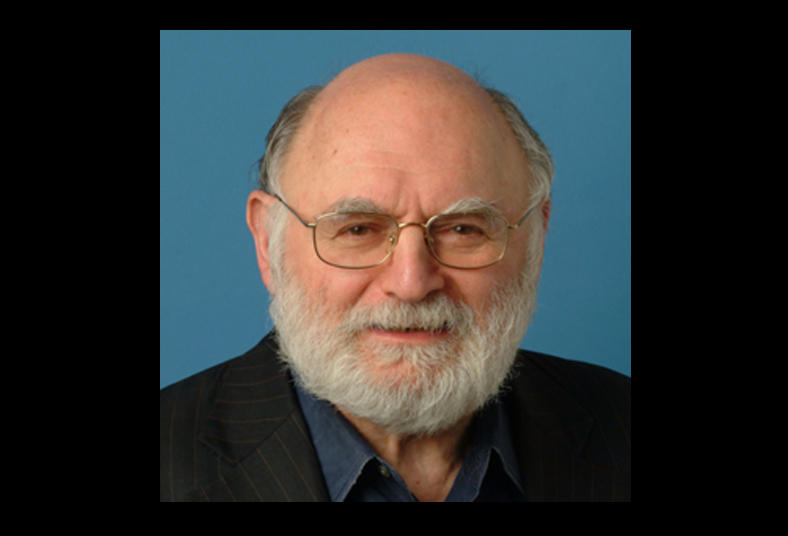When Victor Navasky first heard about the murderous attack in Paris last winter on the staff of Charlie Hebdo, he was watching television at his home in New York City. Within days, reporters from as far away as Moscow began contacting the Columbia journalism professor to get his take.
Navasky had some perspective on the matter. Two years earlier, he had published The Art of Controversy, a history of political cartoons whose argument for their enduring power now looked prescient. “I had not expected the Charlie Hebdo attack, but it was not a surprise in the sense that cartoons have stimulated emotional and inappropriate responses down through the ages,” Navasky says. His first thought after hearing about the attack was of the Danish Muhammads, a collection of political cartoons commissioned by the Danish newspaper Jyllands-Posten that ten years ago resulted in international protests and cartoonists receiving death threats. (Lately, there has been discussion in Denmark about publishing the cartoons in textbooks — a move that Navasky supports, since the cartoons “were worldwide news and are easily found on the Internet.”)
Violent reaction to journalistic expression is precisely what led Navasky to become a founding member of the Committee to Protect Journalists (CPJ) in 1981. The global organization investigates attacks on the press, tracks violations of press freedom, and even negotiates with regimes to get journalists out of prison.
While the primary focus of the CPJ is on far-flung reporters working under oppressive conditions, Navasky’s interest in press freedom is tied closely with the political cartoon. His obsession with these cartoons and the “visual journalists” who create them started while he was at Yale Law School, where he co-founded a satirical magazine called Monocle, publishing cartoonists like David Levine, who became known for his pen-and-ink caricatures in the New York Review of Books. (Levine would also draw many pieces for the Nation when Navasky was editor and then publisher there.) “Our work influenced a lot of op-ed pages,” says Navasky. “In particular, the way the New York Times op-ed page handled art in a satirical way.”
While certainly similar to Charlie Hebdo in its mocking attitude, Monocle was different. “Charlie Hebdo prides itself on having no politics,” Navasky says. “They are an equal-opportunity attacker. Monocle had some of that spirit, but we did come down more on one side than the other in certain instances.” For example, Monocle was clearly against the Ku Klux Klan and racial segregation.
Navasky identifies himself as a free-speech absolutist, but there are some lines he wouldn’t personally cross. “If I were alive in Germany in the 1930s and I was not Jewish and I was the editor of Der Stürmer, I still wouldn’t have published the anti-Semitic cartoons they did,” he says, referring to a series of caricatures of Jews as vermin. “I believe it shouldn’t be against the law, but in that particular cultural and religious environment, it was immoral to publish them.” Navasky is careful to note that each case should be judged individually; no person or group is off-limits, but there is a line between cartoons that criticize and cartoons that incite hate.
Navasky says that as an editor, he would refrain from publishing cartoons construed as attacking a particular ethnic or religious group. But in the case of Charlie Hebdo, Navasky feels that the New York Times and CNN and other news outlets that chose not to run the controversial cartoons, which include crass depictions of the prophet Muhammad, failed at covering the news.
“I understand that they may not want to offend whole groups of people,” Navasky says. “But it is not enough to simply describe what is in the cartoons. Cartoons can’t be paraphrased any more easily than poetry.”
As a law student in the 1950s, Navasky intuited the power of cartoons, but never imagined he was risking his life by printing provocative images. “Like Charlie Hebdo, Monocle had a lot of fun,” says Navasky. “But no one ever killed any of us. That is the clearest difference.”



